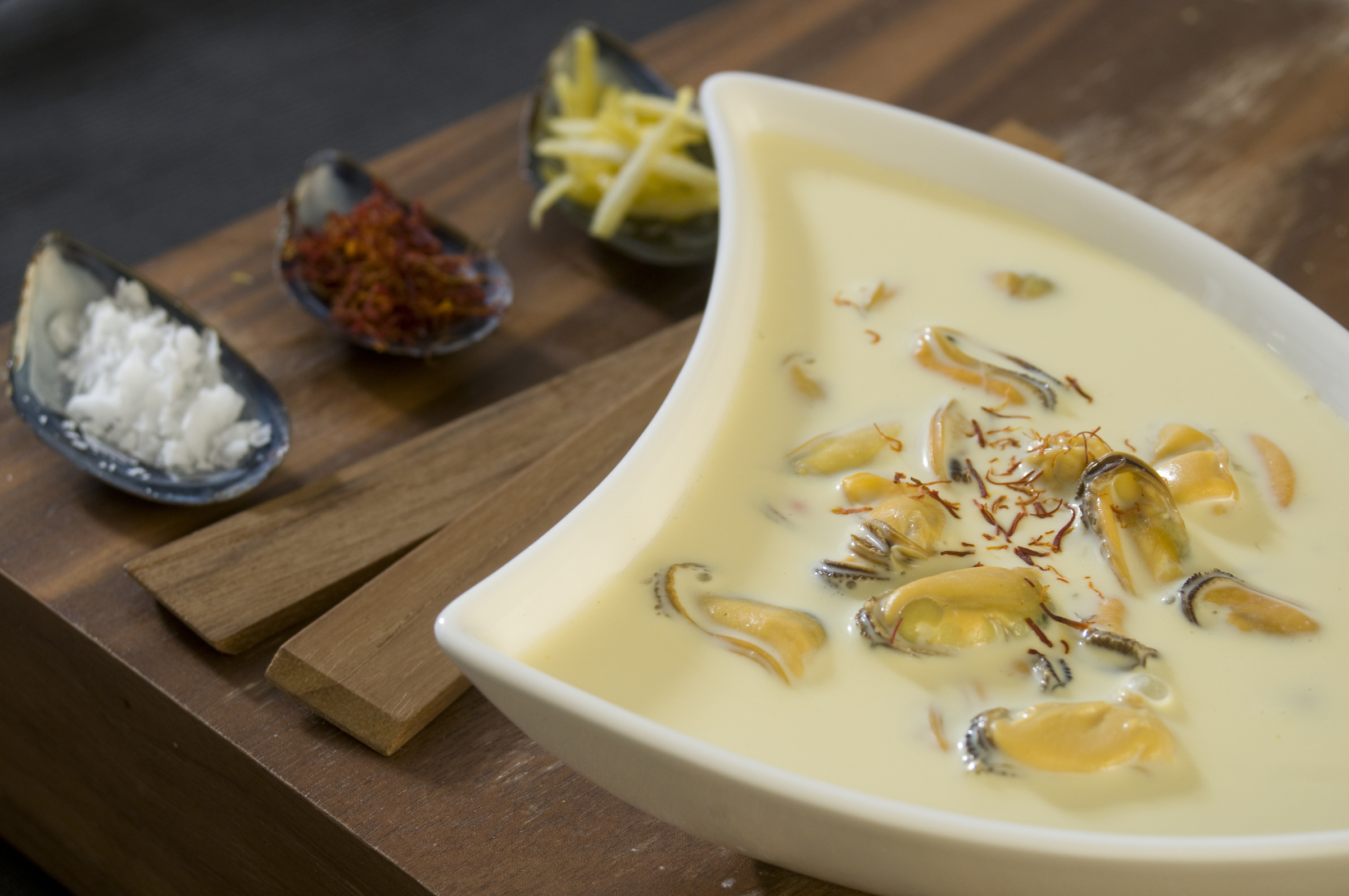Please Say Please to Porridge!
/Porridge can be a bit like Marmite - you either love it or you completely body swerve it! There are even a few Scots who won't give it the time of day (shock horror!) BUT as the mornings get darker and colder, you might want to give it a go!
There are dear alone knows how many ways to make it (rough oats, fine oats, with salt or without, do you really need a spurtle and should you always stir the porridge clockwise - more on that later - do you serve it thick so you can cut it into slices or should you have a thick soupy-like texture?) There are definitely more questions than answers!
So... let me simply direct you right now to Rude Health's 2017 Porridge Championship results on their website - this is the 5th year they have held this fiercely-fought spurtle battle and I think you will see that there is nothing pedestrian or lacking in flair about the fabulous porridge-style dishes you can create with the cheap and cheerful oat! I think this image says it all - concentration or what, young man!
And continuing down the porridge road, in his usual crazily-enthusiastic but always seriously-doable way, Jamie Oliver devotes one of his Food Tube videos to How to Make Porridge 5 Ways which, if you are a 'porridge virgin', I recommend you have a look at and/or if you just know that there is rarely or never going to be time to get the spurtle out first thing in the morning, try my Overnight Porridge Recipe - all the goodness but it can be heated up super-fast and simply topped with whatever fruit is in the bowl, a drizzle of honey (or double cream), a handful of fresh nuts and seeds and a shake of cinnamon or nutmeg powder. And whether you have a spurtle or not, remember to stir the porridge clockwise - Scots legend has it that anti-clockwise stirs up the devil - not worth the risk, I say!
Oh and by the way, on the 'good for you front': Oats contain protein, magnesium, potassium, iron, calcium, Vitamin E and Vitamin B and have no sodium. In addition, they contain large amounts of soluble fibre including beta-glucans, which can help the stomach feel fuller for longer, help to suppress hunger and prevent snacking and are known to lower cholesterol.











